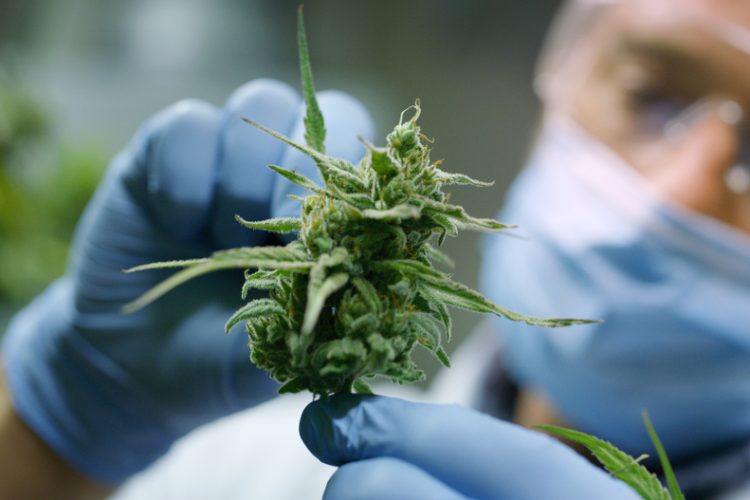Medicinal cannabis monograph proposed by US Pharmacopeia
A monograph outlining the analytical methods and acceptance criteria for cannabis chemotypes has been released for comment by USP’s Herbal Medicines Compendium.
The United States Pharmacopeia (USP) has opened a 90-day review period for their proposed Cannabis Species Inflorescence monograph in the Herbal Medicines Compendium (HMC), a laboratory quality standards testing reference used internationally.
The proposed cannabis monograph provides scientifically validated methods, information on physical reference standards and acceptance criteria to establish the identity of cannabis chemotypes and content of cannabinoids and terpenes, as well as setting limits on contaminants.
“Cannabis is becoming more widely accepted around the world and is being widely researched by many international organizations for medicinal purposes. A key component of USP’s mission to improve global health is providing public standards and guidance to help ensure the quality of all medicines, including herbal medicines,” commented Dr Jaap Venema, USP’s Chief Science Officer.
The standard aims to help improve the quality and consistency of cannabis-related research, as well as ensure the quality of current products by providing tools to identify and limit impurities, such as pesticides and heavy metals.
In the 90-day review period stakeholders, including manufacturers, researchers and regulators, are encouraged to evaluate the definition and constituents of interest, as well as methods and specifications for identification, composition and contaminants.
HMC is a freely available, online resource that provides standards for herbal ingredients approved by a national authority for use in herbal medicines. The standards in HMC are expressed primarily in monographs, each of which contains general information, including the definition of the herbal ingredient relative to the monograph title, followed by a specification. The specification contains tests for critical quality attributes of the herbal ingredient and includes procedures and acceptance criteria. HMC employs validated analytical procedures for the tests of its monographs, using state-of-the-art techniques and associated reference materials.
The proposed Cannabis Species Inflorescence monograph first outlines what inflorescence of the Cannabis is, outlining how it should be labelled with tetrahydrocannabinol (THC) and cannabidiol (CBD) content. It goes on to describe the analytical methods and acceptance criteria to define THC-dominant, CBD-dominant and THC/CBD-intermediate chemotypes, and the limits on contaminants such as pathogenic microorganisms, toxic elemental contaminants, mycotoxins, and pesticide residues.
If you are interested in reading and providing comments on the proposed Cannabis Species Inflorescence monograph for HMC, please click here.










